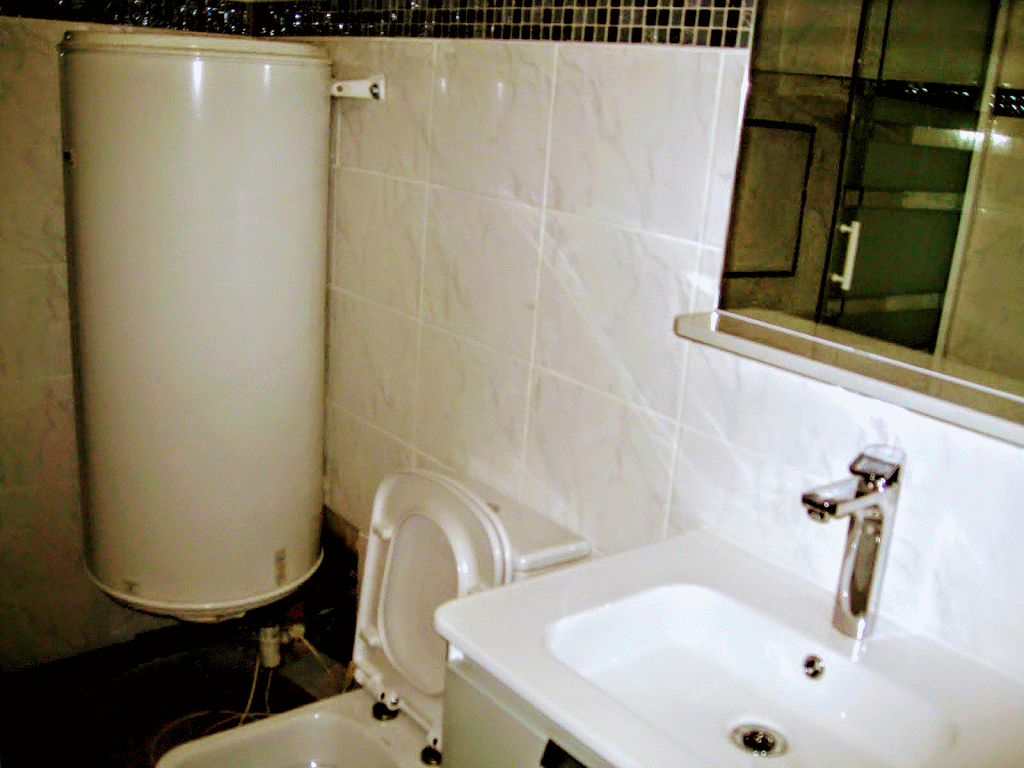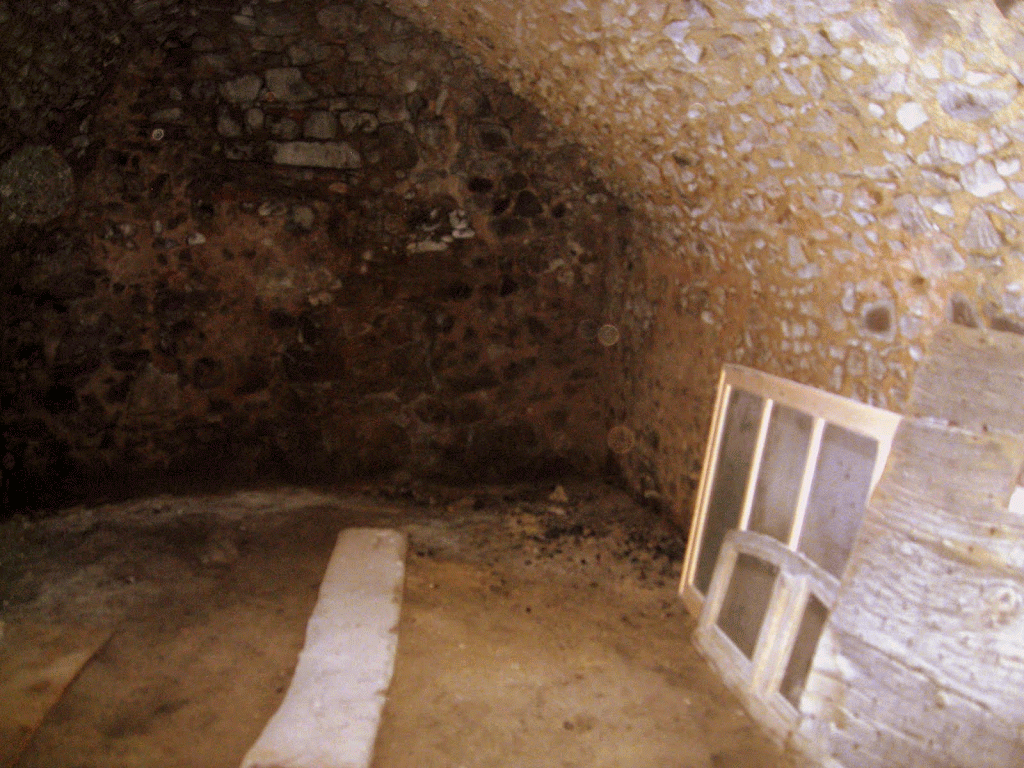Ma. Luisa Legaspi C and Her High School Class '63 (Update)

STC HS’ 63, College ‘67 BSBA


Hiroshima, Okinawa, Iwo Jima, Saipan, Guam, MarianaSolomons, Guadalcanal, Rabaul, Majuro, Kwajeilein
Pacific Cruise From Japan to All WWII Battlefield Islandsphotos:
To commemorate the end of WWII 65 years ago on Sept 2, 1945, enclosed an album of a cruise. The actual battle photos were from the US Navy AP and are mostly B/W. The rest of the photos are the cruise itself in 2002. I always, and will respect our veterans by these photos. The ultimate sacrifice was shed for us and the reminder is the free Pan Pacific and the Philippines. More importantly, we must always remember our greatest generation and appreciate all they have done to insure

STC HS’ 63, College ‘67 BSBA

SEATTLE SOJOURN AT THE NUPTIALS OF THERESA AND BILL

April 1967: Blessing of the Rings Graduation Ceremonies STC Class of 1967, Marissa graduated Summa Cum Laude BSBA. I believe music reinforces the efficiencies of the brain's connections, it is also true that being wise is inherited from good stock. Although, the selection process is eternally perplexing, the myriads of likes and dislikes filter our personalities to no end. However, never mind that, as I believe that the merging of our lives was that of fate and destiny in the cosmic design inherent in all living things. Whether or not you believe it to be true, I dreamt of her 15 years before we met, the street where she lived and the likeness of the child that she was. The music alone is a gift, music alone shall live never to die in our hearts.
It doesn't matter how much you study, HALF of your intelligence is down to your genes, scientists claim
- Genes account for more than half the differences in intelligence between people
- As well as genes, environmental factors such as parenting and nutrition are key
- The new findings will fuel the 'nature versus nurture' debate over cleverness
I got to thinkin' it over how much I had missed So I got me a girl and I kissed her and then, and then Oh, lordy, well I kissed 'er again Well I asked her to marry and to be my sweet wife I told her we'd be so happy for the rest of our life I begged and I pleaded like a natural man And then, whoops oh lordy, well she gave me her hand |


| The population of Ephesus has been estimated to be in the range of 400,000 to 500,000 inhabitants in the year 100 CE, making it the largest city in Roman Asia and one of the largest cities of the day. \ |
 Pacific Cruise From Japan to All WWII Battlefield Islands Click to see above album Every now and then I return to a theme from our origins I first launched what seems like years ago, one which our parents survived the trials of the depression and the tribulations of WWII. That theme is that we are mired not merely in a financial crisis, like the depression, but in a full-blown war in Afghanistan, similar to the times of our parents, when they were called to fight two wars simultaneously. One provoked and one that was just a case of stopping some bullies from ravaging weaker countries. . So they fought, gave their lives, freed countries, defeated Imperialism, beat back barbarianism, watched their friends die, liberated death camps, came home, then went back to rebuild those countries they left in war-torn shambles. Our parents' generation may not have invented the notion of sacrifice, but they certainly perfected it, and from 1941 to 1945 they took it to the highest and most costly human level possible. So the next chore for this hardened, proud generation was building a great country here. Muse APO DELTA 1966 ST. THERESA GRADUATED CLASS 1967 BS BUSINESS ADMINISTRATION WITH TOP HONORS ........ SUMMA CUM LAUDE Dewey Blvd below: The jetty potruding to Manila Bay is the future Cultural Center, on the other side of Dewey is the Manila Naval Station (MNS) where we lived from 1965 to 1966. the headquarte |
Live in France, Travels extensively (67 cruises to date) After 38 years, husband retired working as a Civil engr. with the State of California, managed their Marsh Mill property Enjoys music (played piano from age (4) Now I reside part time in France in a thousand years old house in a medieval quarter of an ancient citadel below
My French Retreat: The foundation was built on top of the escape tunnels of the old original Chateau as early 1160 and now the sealed tunnel / dungeons below the house. There maybe a connection to the other garage across the street as the cement slab was built on top of a gravel pit to fill up another tunnel connecting to the house. It was common during the olden days. Also the proximity of the house from the church may suggest that it was a part of the original ancient village around the church.
|  Home sweet home: While there is nothing fantasy-themed about the outside of his house, underneath is perhaps the finest example of a man cave ever created Home sweet home: While there is nothing fantasy-themed about the outside of his house, underneath is perhaps the finest example of a man cave ever created |
Far over the misty mountains grim
The Captain's Table, opposite us Judith and Wayne my warm immediate friends
The captain's table is the best place to eat, and to be seen at during your cruise. But there is a fair bit of mystery about how you can be invited to dine with the captain. As with many cruising enigmas, there is more than one way to get to dine at the top table. Once you're there what can you expect, and how should you behave?
Get to know your hosts
They will know many details from your booking form, and may pick couples or people who sound interesting, so giving a good first impression is vital. Those picked may have been a loyal cruiser with that line for many years, but that is certainly not a rule. People who simply fit the bill for a particular night (bright young things, old dependables, former navy crew etc.) may be chosen. To see album click below. gallipoli movie gallipoli campaign

 The mythological founder of the city is Hercules (Heracles), commonly identified with the Phoenician god Melqart, who the myth says sailed through the Strait of Gibraltar to the Atlantic, and founded trading posts at the current sites of Cadiz and of Seville.The city was known from Roman times as Hispalis.
The mythological founder of the city is Hercules (Heracles), commonly identified with the Phoenician god Melqart, who the myth says sailed through the Strait of Gibraltar to the Atlantic, and founded trading posts at the current sites of Cadiz and of Seville.The city was known from Roman times as Hispalis.
|
STC HS’ 63, College ‘67 BSBA  |


April 1967: Blessing of the Rings Graduation Ceremonies STC Class of 1967, Marissa graduated Summa Cum Laude BSBA. I believe music reinforces the efficiencies of the brain's connections, it is also true that being wise is inherited from good stock. Although, the selection process is eternally perplexing, the myriads of likes and dislikes filter our personalities to no end. However, never mind that, as I believe that the merging of our lives was that of fate and destiny in the cosmic design inherent in all living things. Whether or not you believe it to be true, I dreamt of her 15 years before we met, the street where she lived and the likeness of the child that she was. The music alone is a gift, music alone shall live never to die in our hearts.
It doesn't matter how much you study, HALF of your intelligence is down to your genes, scientists claim
- Genes account for more than half the differences in intelligence between people
- As well as genes, environmental factors such as parenting and nutrition are key
- The new findings will fuel the 'nature versus nurture' debate over cleverness

I got to thinkin' it over how much I had missed So I got me a girl and I kissed her and then, and then Oh, lordy, well I kissed 'er again Well I asked her to marry and to be my sweet wife I told her we'd be so happy for the rest of our life I begged and I pleaded like a natural man And then, whoops oh lordy, well she gave me her hand |


| The population of Ephesus has been estimated to be in the range of 400,000 to 500,000 inhabitants in the year 100 CE, making it the largest city in Roman Asia and one of the largest cities of the day. |
Live in France, Travels extensively (67 cruises to date) After 38 years, husband retired working as a Civil engr. with the State of California, managed their Marsh Mill property Enjoys music (played piano from age (4) Now I reside part time in France in a thousand years old house in a medieval quarter of an ancient citadel below
My French Retreat: The foundation was built on top of the escape tunnels of the old original Chateau as early 1160 and now the sealed tunnel / dungeons below the house. There maybe a connection to the other garage across the street as the cement slab was built on top of a gravel pit to fill up another tunnel connecting to the house. It was common during the olden days. Also the proximity of the house from the church may suggest that it was a part of the original ancient village around the church.
|  Home sweet home: While there is nothing fantasy-themed about the outside of his house, underneath is perhaps the finest example of a man cave ever created Home sweet home: While there is nothing fantasy-themed about the outside of his house, underneath is perhaps the finest example of a man cave ever created |
Far over the misty mountains grim

In the south entree of the site you see a proclamation of the visit that was brought by Eleonore d'Aquitaine her son Richard the lionheart, then Count of Poitiers. After Henry II fell seriously ill in 1170, he put in place his plan to divide his kingdom, although he would retain overall authority over his sons and their territories. In 1171 Richard left for Aquitaine with his mother, and Henry II gave him the duchy of Aquitaine at the request of Eleanor. Richard and his mother embarked on a tour of Aquitaine in 1171 in an attempt to pacify the locals. Together they laid the foundation stone of St Augustine's Monastery in Limoges. In June 1172 Richard was formally recognised as the Duke of Aquitaine when he was granted the lance and banner emblems of his office; the ceremony took place in Poitiers and was repeated in Limoges, where he wore the ring of St Valerie, who was the personification of Aquitaine.

Rocamadour below photo, is named after the founder of the ancient sanctuary, Saint Amator, identified with the Biblical Zacheus, the tax collector of Jericho mentioned in Luke 19:1-10 , and the husband of St. Veronica, who wiped Jesus' face on the way to Calvary. Driven out of Palestine by persecution, St. Amadour and Veronica embarked in a frail skiff and, guided by an angel, landed on the coast of Aquitaine, where they met Bishop St. Martial, another disciple of Christ who was preaching the Gospel in the south-west of Gaul. After journeying to Rome, where he witnessed the martyrdoms of St. Peter and St. Paul, Amadour, having returned to France, on the death of his spouse, withdrew to a wild spot in Quercy where he built a chapel in honour of the Blessed Virgin, near which he died a little later.This account, like most other similar legends, does not make its first appearance till long after the age in which the chief actors are deemed to have lived. |
Rocamadour below photo, is named after the founder of the ancient sanctuary, Saint Amator, identified with the Biblical Zacheus, the tax collector of Jericho mentioned in Luke 19:1-10 , and the husband of St. Veronica, who wiped Jesus' face on the way to Calvary. Driven out of Palestine by persecution, St. Amadour and Veronica embarked in a frail skiff and, guided by an angel, landed on the coast of Aquitaine, where they met Bishop St. Martial, another disciple of Christ who was preaching the Gospel in the south-west of Gaul. After journeying to Rome, where he witnessed the martyrdoms of St. Peter and St. Paul, Amadour, having returned to France, on the death of his spouse, withdrew to a wild spot in Quercy where he built a chapel in honour of the Blessed Virgin, near which he died a little later.This account, like most other similar legends, does not make its first appearance till long after the age in which the chief actors are deemed to have lived. |
|
0Right photo.The prosperity of the city of Dubrovnik has always been based on maritime trade. In the Middle Ages, as the Republic of Ragusa, also known as a Maritime Republic (together with Amalfi, Pisa, Genoa, Venice and other Italian cities), it became the only eastern Adriatic city-state to rival Venice. Supported by its wealth and skilled diplomacy, the city achieved a high level of development, particularly during the 15th and 16th centuries. New Zealand, Brazil, Argentina, Canada, Iguazu Falls, Venice, France, Italy |
Old Quebec is a historic neighborhood of Quebec City, the capital of the province of Quebec in Canada. Comprising the Upper Town (French: Haute-Ville) and Lower Town. |
 Immediate Family in the USA |
 |
| A THOUSAND YEARS OLD FRENCH HOME ON OUR 44th YEAR The house was a part of a Medieval Fortress established during the time of King Richard the Lion heart of England. After Henry II fell seriously ill in 1170, he put in place his plan to divide his kingdom, although he would retain overall authority over his sons and their territories. In 1171 Richard left for Aquitaine with his mother, and Henry II gave him the duchy of Aquitaine at the request of Eleanor. Richard and his mother embarked on a tour of Aquitaine in 1171 in an attempt to pacify the locals around the area of Montaigut Together they laid the foundation stone of St Augustine's Monastery in Limoges. In June 1172 Richard was formally recognized as the Duke of Aquitaine when he was granted the lance and banner emblems of his office; the ceremony took place in Poitiers and was repeated in Limoges, where he wore the ring of St Valerie, who was the personification of Aquitaine. In the south entree near the house, you can see a proclamation of the visit that was brought by Eleonore d'Aquitaine her son Richard the Lionheart, then Count of Poitiers. Upon the death of her husband Henry II on 6 July 1189, Richard I was the undisputed heir. One of his first acts as king was to send William Marshal to England with orders to release Eleanor from prison; he found upon his arrival that her custodians had already released her. Eleanor rode to Westminster and received the oaths of fealty from many lords and prelates on behalf of the king. She ruled England in Richard's name, signing herself "Eleanor, by the grace of God, Queen of England". On 13 August 1189, Richard sailed from Barfleur to Portsmouth and was received with enthusiasm. Eleanor ruled England as regent while Richard went off on the Third Crusade. Later, when Richard was captured, she personally negotiated his ransom by going to Germany. |
     |
FIJI, AMERICAN SAMOA , NEW ZEALAND, AUSTRALIA. VENICE below, the sea meets the mountain 
New Zealand is home to fifteen named maritime fjords, all located in the southwest corner of the country’s South Island in a region called Fiordland. Fiordland National Park is a World Heritage Area recognized for its outstanding natural environment. It’s home to some of the most breathtaking natural wonders in the world. From deep glacier-carved fjords and lush rainforests to rugged mountains, thunderous waterfalls and expansive glassy lakes. It’s a nature lovers dream. |
















































































